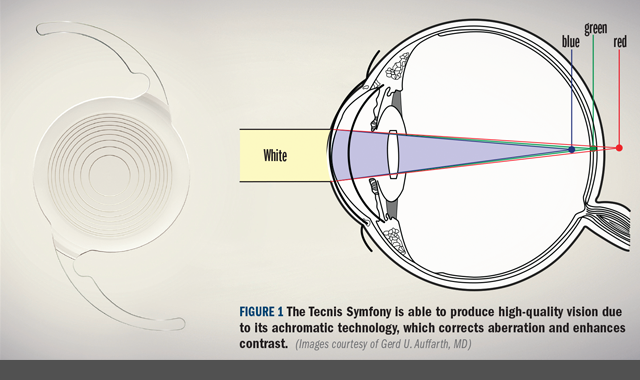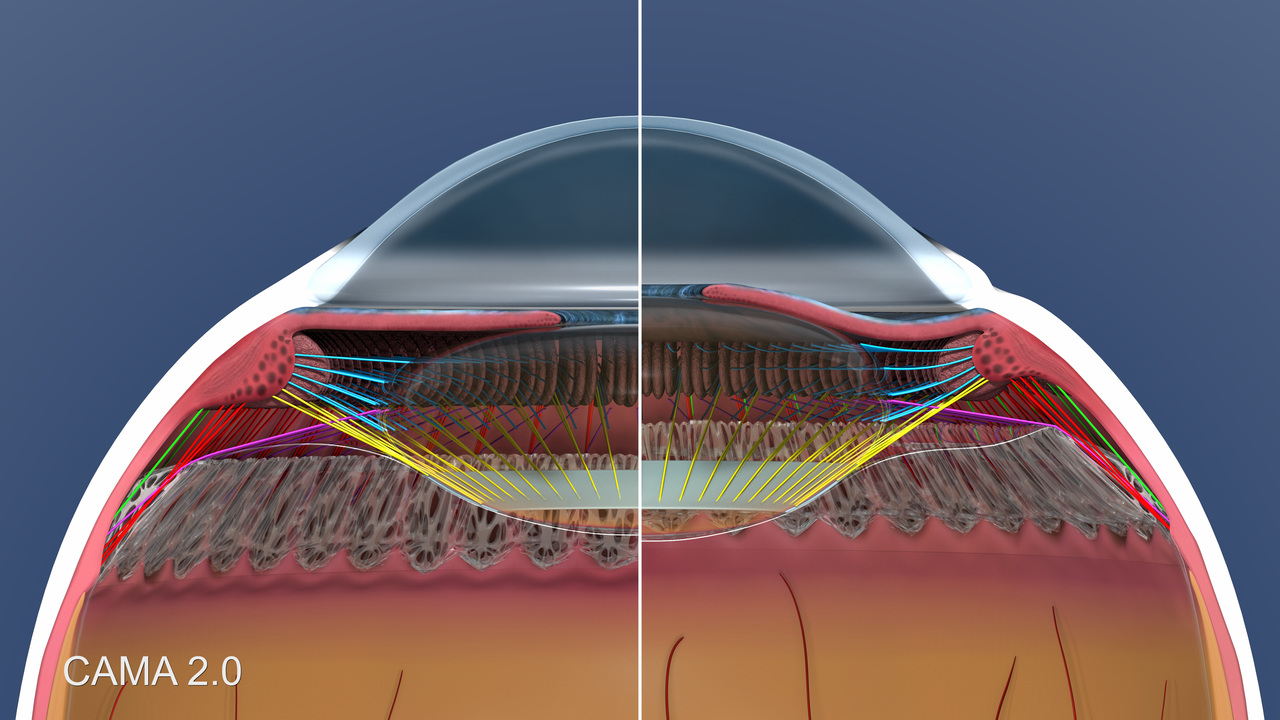Article
Trending Now: Hottest technology stories of 2014
The hottest technology stories this year included news of a novel presbyopia-correcting IOL, what physicians should now about Google and Alcon’s smart lens technology, and a computer-animated model that helps understand accommodation and presbyopia.
1. Innovative IOL breaks new ground in presbyopia-correcting implant technology
This fall, we published a story that discussed a new presbyopia-correcting IOL which has a novel optic combining two complementary diffractive technologies. Results from bench and clinical testing showed it provides a full range of continuous, high-quality vision, minimizes dysphotopsias, and may be more tolerant to refractive errors than multifocal IOLs.
Ophthalmology Times Editorial Advisory Board Member Ernest W. Kornmehl, MD, explained why he thinks this technology was so groundbreaking this year.
“This important new technology will be of great benefit to our patients if these results are consistent with a broad clinical experience,” he said.
2. Smart lens technology: The next big breakthrough for ocular medicine?
This story broke down what physicians need to know about smart lens technology from Alcon and Google.
Ophthalmology Times Editorial Advisory Board Member Uday Devgan, MD shared why he believes this story was popular this year.
“Ophthalmology, one of the most technologically advanced fields in medicine, is constantly evolving to provide our patients with better vision and quality of life,” he said. “Periodically, there are revolutionary advances in technology which transform the way that we help our patients see the world.
“It has been said that often the only constant is change and ophthalmology has certainly lived up to that maxim,” Dr. Devgan explained. “The way that we help our patients now is significantly better compared to just a decade or two ago. And I expect the future progress in technology to be even more dramatic.”
Read what physicians need to know about the new technology
3. Updated computer-animated model elevates understanding of accommodation, presbyopia
In this fall story, we examined a new version of a model of the mechanism of accommodation-showing how anatomic structures interconnect-enhances understanding of zonular architecture.
“This work is an important step towards a more accurate and complete understanding of accommodation. Hopefully, this will lead to better management options for presbyopia,” commented Ophthalmology Times Editorial Advisory Board Member Ken Greenberg, MD.
Newsletter
Don’t miss out—get Ophthalmology Times updates on the latest clinical advancements and expert interviews, straight to your inbox.







